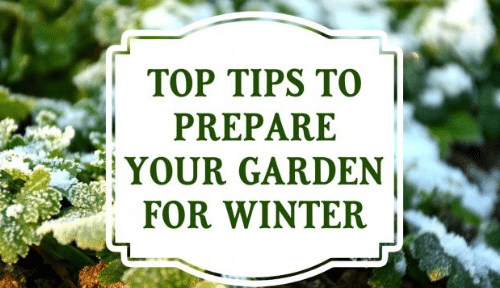How To Prepare Your Artificial Garden For Winter In Spring Valley?

- Start by giving your artificial grass and plants a good brush down. This will help to remove any build-up of dirt and debris that may have accumulated over the winter.
- Inspect your artificial grass and plants for any signs of damage such as tears, fraying or discoloration. If you notice any damage, you may need to replace the affected area.
- Winter is the perfect time to add some new artificial plants to your garden. You can find a wide variety of artificial plants online or at your local garden center.
- Consider adding some garden accessories such as bird baths, statuary or solar lights. These can help to give your artificial garden a more inviting look.
- Just like real grass, artificial grass can become matted down over time. Use a garden rake or brush to fluff up the blades of grass.
- Give your artificial plants a boost by adding some fertilizer. You can find special artificial plant fertilizer at most garden centers.
- Finally, make sure to keep an eye on your artificial plants and grass for any signs of pests such as aphids or mealybugs. These pests can cause damage to your plants and should be dealt with as soon as possible.
FAQ’s
What Should I Put In My Winter Garden?
You can add a variety of artificial plants to your winter garden, such as flowers, shrubs, and trees. You can also add garden accessories such as bird baths, statuary, or solar lights.
What Month Should You Start A Garden?
The best time to start a garden is in the spring, when the weather is warm and the days are longer. However, you can also start a garden in the fall or winter if you live in a warmer climate.
What Plants Put Nutrients Back Into The Soil?
Many plants, such as legumes, help to put nutrients back into the soil. Legumes are plants that have nitrogen-fixing bacteria in their roots, which helps to replenish the soil with nitrogen.
Conclusion
It is important to prepare your artificial garden for winter so that it looks its best. Give your artificial plants a good cleaning, check for damage, and add some new plants or accessories to spruce things up. Lastly, be on the lookout for pests and treat them accordingly. By following these tips, you can have a beautiful artificial garden that will last for years to come. For more information, contact Artificial Grass Spring Valley at (619) 304-0080.